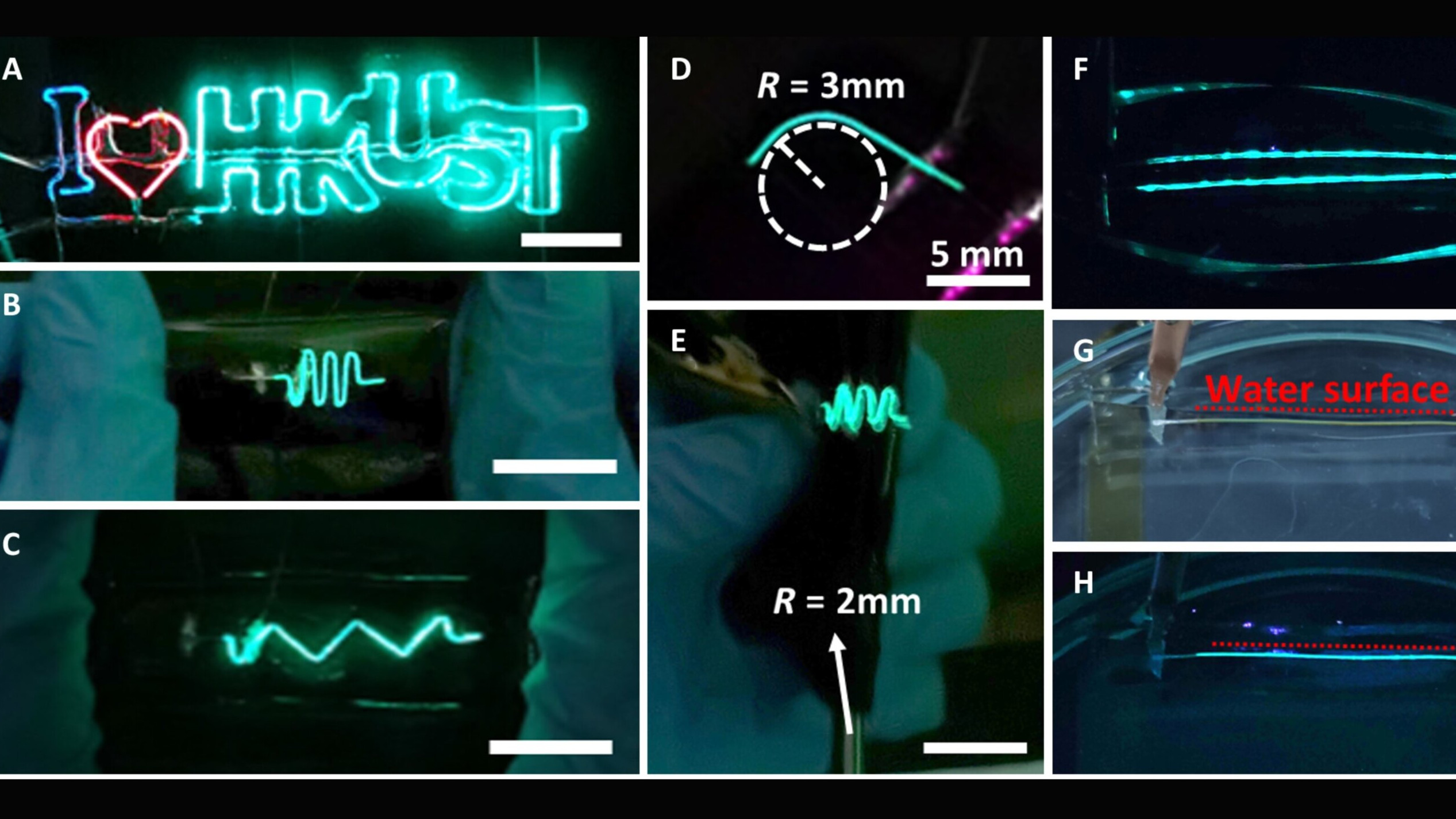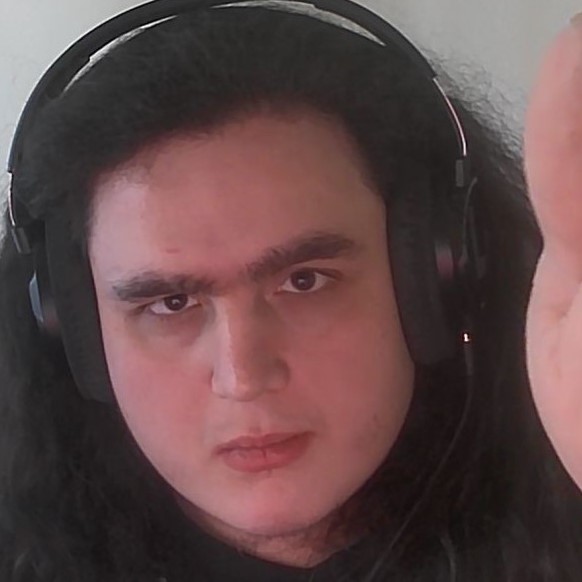Flexible Fiber LEDs made with perovskite quantum wires should enable advanced wearable displays and other technologies
The research team proves the effectiveness of fiber LEDs made with perovskite quantum wires.

Yesterday, researchers from the School of Engineering of the Hong Kong University of Science and Technology (HKUST) provided exclusive quotes on the release of their study titled Full-color fiber light-emitting diodes based on perovskite quantum wires to TechXplore, where they insist that their "innovative approach (perovskite wiring) for fiber LEDs opens up new possibilities for fabricating unconventional 3D-structured lighting sources, paving the way for advanced wearable display technologies". This quote was provided by the HKUST Department of Electronic & Computer Engineering and Department of Chemical & Biological Engineering Professor Fan Zhiyong, who also served as lead of the research team for the project's duration.
The project's primary purpose was to find a better way to make fiber wire LEDs, also called fi-LEDs. The issue with making these flexible LEDs has always been a matter of material, which often causes uneven or inefficient light emission. Using metal halite perovskites with a porous alumina membrane to create quantum wiring seems to be the correct way to mitigate these downsides, resulting in a series of full-color fi-LEDs. These fi-LEDs are already in such a condition that they should be suitable for textile lighting applications.
Per HKUST, this work in the short-term "presents a significant advancement in the field of fi-LEDs. Future developments could focus on enhancing the efficiency and stability of the fi-LEDs, exploring new perovskite compositions for a broader range of emission colors, and integrating these devices into commercial textile products."
In the long-term, advancing fi-LEDs in this manner is also expected to improve future wearable display technologies and unconventionally-shaped lighting sources in general. Even underwater applications for scenarios like swimming pools and scuba diving seem well within the range of possibility, judging by one of the test applications being submerged in water.
With "bendable, stretchable, twistable, and waterproof" fi-LEDs now in play, the future for wearable applications is looking quite strong— though, of course, any practical clothing brand may have second thoughts about integrating fiber LEDs into its clothing. Outside of scenarios where specific uniforms or outfits are in play (a la scuba diving), it's unlikely that fi-LEDs will introduce a new era of sci-fi fashion trends— but potential practical applications do seem interesting.
Get Tom's Hardware's best news and in-depth reviews, straight to your inbox.

Christopher Harper has been a successful freelance tech writer specializing in PC hardware and gaming since 2015, and ghostwrote for various B2B clients in High School before that. Outside of work, Christopher is best known to friends and rivals as an active competitive player in various eSports (particularly fighting games and arena shooters) and a purveyor of music ranging from Jimi Hendrix to Killer Mike to the Sonic Adventure 2 soundtrack.
-
hotaru251 I could see this replacing neon lights as could likely get same effect w/o the downside of neon element.Reply